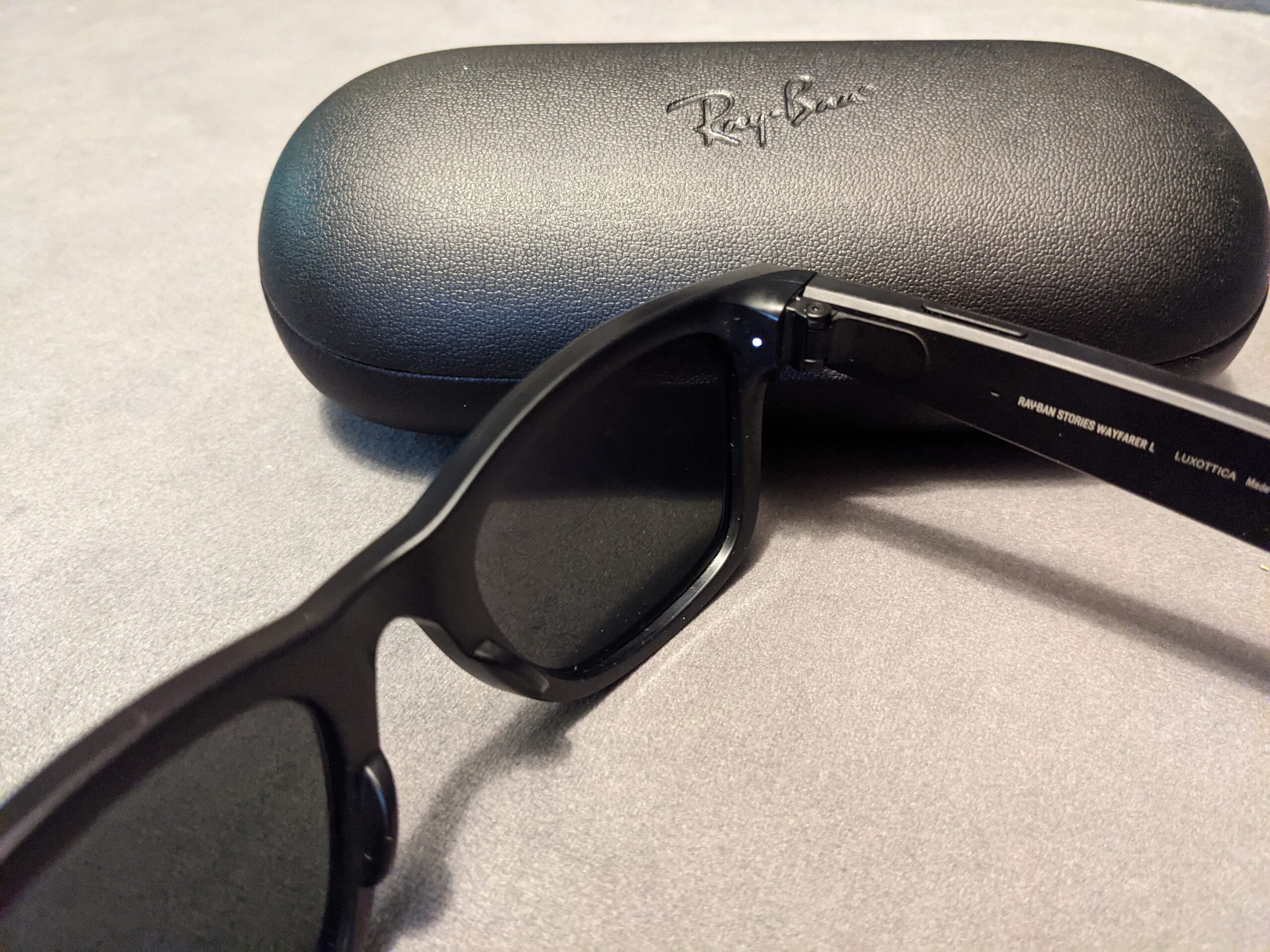
Meta’s Aria Gen 2 smart glasses, announced earlier this year, showcase advanced technology that sets a new benchmark for wearable devices. Designed primarily as “research glasses,” these models are unlikely to be released to the public soon. However, the innovations embedded in Aria Gen 2 are expected to influence future Meta projects, such as the Orion glasses.
Sophisticated Hardware Features
The glasses pack a remarkable suite of sensors and cameras: one eye-tracking camera, four computer vision cameras for enhanced 3D hand and object tracking, and seven spatial microphones. Additional sensors include an ambient light sensor with ultraviolet detection to differentiate indoor and outdoor lighting, a barometer, a heart rate monitor integrated into the nose pad (using photoplethysmography), and stereo speakers. Despite this, the glasses remain lightweight, weighing between 74 and 76 grams depending on size.
Meta also employs SubGHz radio technology to synchronize timing between multiple Aria Gen 2 devices, minimizing delays and improving user experience.
Enhanced Tracking and User Interaction
The advanced eye-tracking system can detect blinks and pupil dilation, contributing to more natural interactions and user monitoring. The suite of computer vision cameras expands the wearer’s field of view and allows precise tracking of hands and objects in three-dimensional space.
Meta plans to open up applications compatible with Aria Gen 2 later this year. Researchers interested in experimenting with the technology can sign up for an interest list. As Apple and other manufacturers race to develop lightweight smart glasses, Meta’s strides with Aria Gen 2 set a high bar for competitors.
Further details on the Aria Gen 2 glasses will be showcased at the Computer Vision and Pattern Recognition Conference (CVPR) starting June 11 in Nashville, Tennessee.
Author’s Opinion
Meta’s Aria Gen 2 demonstrates just how far wearable technology has advanced, blending health monitoring, computer vision, and real-time synchronization into a sleek package. While this progress is exciting, the true challenge lies ahead: making these devices accessible, affordable, and seamless enough for everyday use. The race is on, and consumer adoption will ultimately determine whether smart glasses become as ubiquitous as smartphones.
Featured image credit: Wikimedia Commons
For more stories like it, click the +Follow button at the top of this page to follow us.
